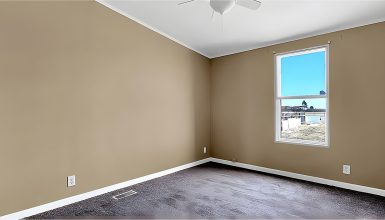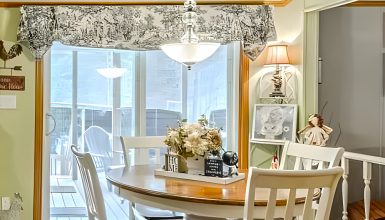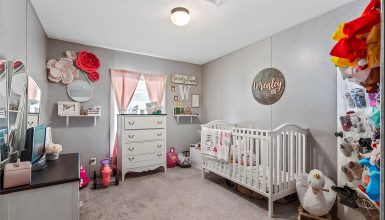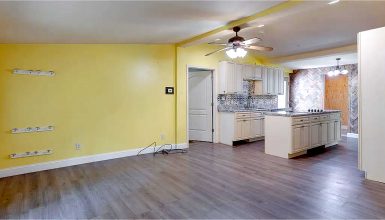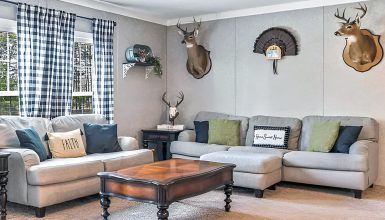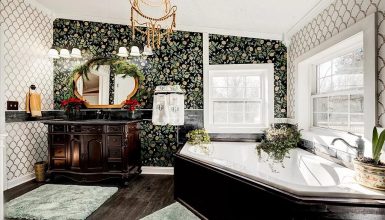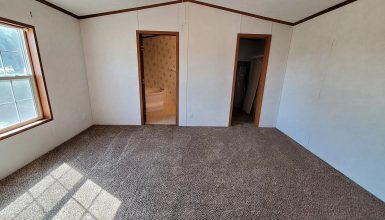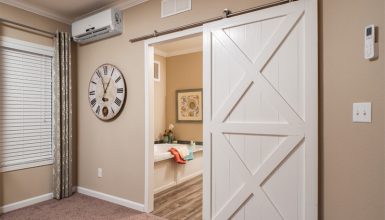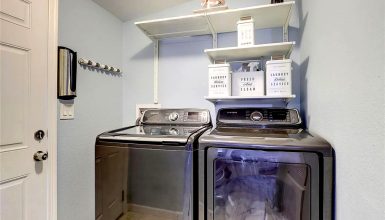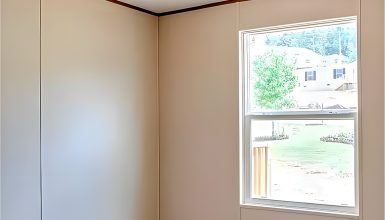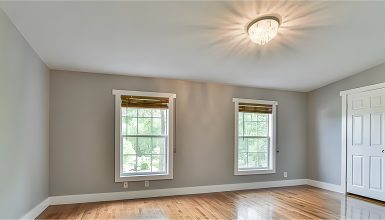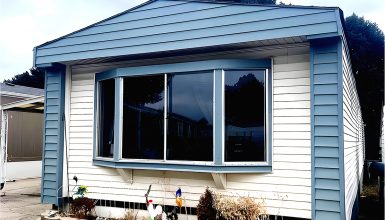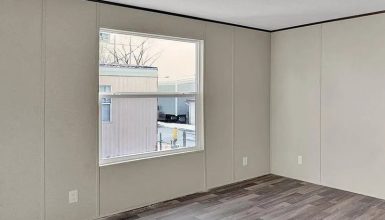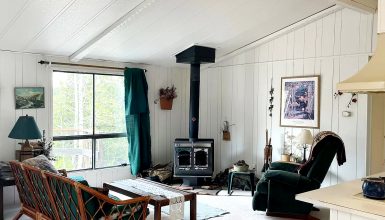Adding a skylight to your mobile home can provide many benefits. First and foremost, skylights allow natural light to flood your home, creating a bright and inviting atmosphere. Natural light can help to improve your mood and overall well-being. And may even reduce your reliance on artificial lighting during the day, saving you money on your energy bills. In addition, it allows fresh air to circulate through your home, reducing the buildup of stale air and odors. This can be especially helpful in areas like the bathroom or kitchen, where odors can quickly become overpowering.
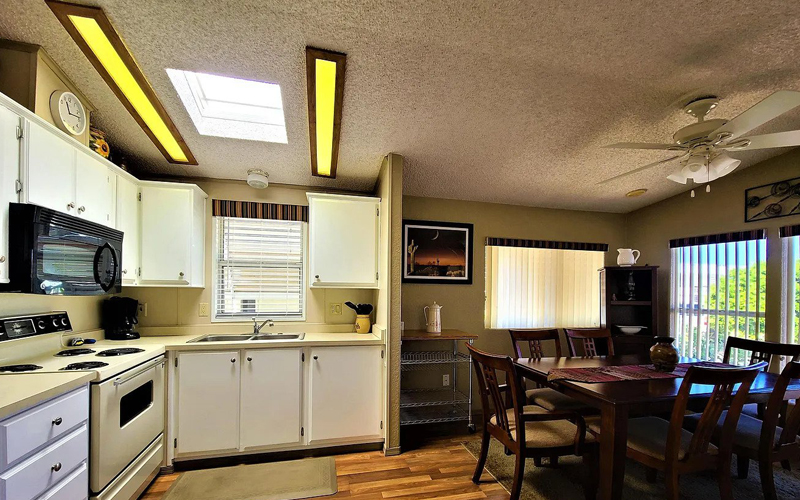
Furthermore, skylights can add value to your mobile home. They are an attractive feature that can make your home stand out from others on the market, which can be especially helpful if you plan on selling your home in the future. Whether you want to replace your current skylight or install a new one, this guide is for you.
Types of Mobile Home Skylights
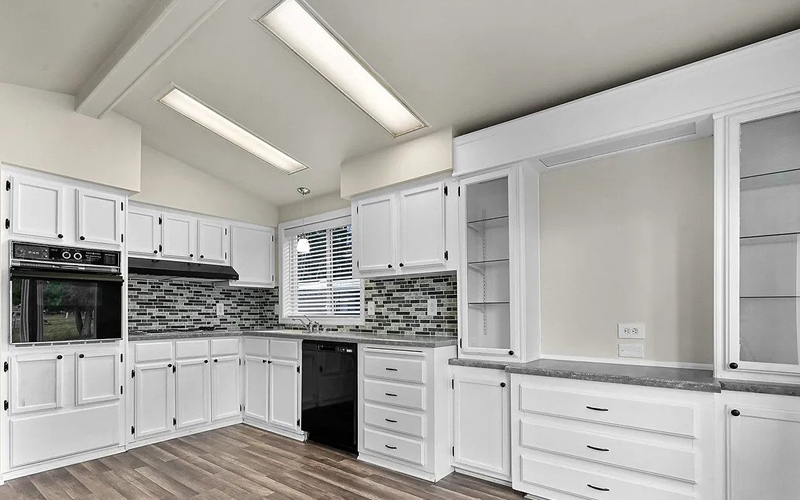
The most common types of skylights for mobile homes are dome, flat glass, tubular, ventilated, and fixed skylights.
- Dome Skylights
Dome skylights are the most popular type of skylight for mobile homes. They are typically made of plastic and available in various sizes and shapes. They are lightweight and easy to install, making them popular for homeowners who want a skylight without breaking the bank.
- Flat Glass Skylights
Flat glass skylights are another popular option for mobile homes. They are made of tempered glass and sit flush with the roofline of the mobile home. They provide a sleek and modern look but can be more expensive than other types of skylights.
- Tubular Skylights
Tubular skylights are an excellent option for smaller rooms that don’t have space for a traditional skylight. They consist of a tube that extends from the roof to the ceiling and captures natural light. They are energy-efficient and can help to lower energy costs.
- Ventilated Skylights
Ventilated skylights can be opened to allow fresh air to circulate through the mobile home. They are a good option for rooms that require extra ventilation, such as bathrooms and kitchens. They are typically more expensive than other types of skylights. Still, they can help to improve air quality and reduce the buildup of moisture and odors.
- Fixed Skylights
Fixed skylights are designed to provide a source of natural light only. They do not open and are a good option for rooms without ventilation, such as bedrooms and living rooms. They are typically less expensive than other types of skylights. Still, they do not offer the same benefits as ventilated skylights.
How to Choose a Mobile Home Skylight
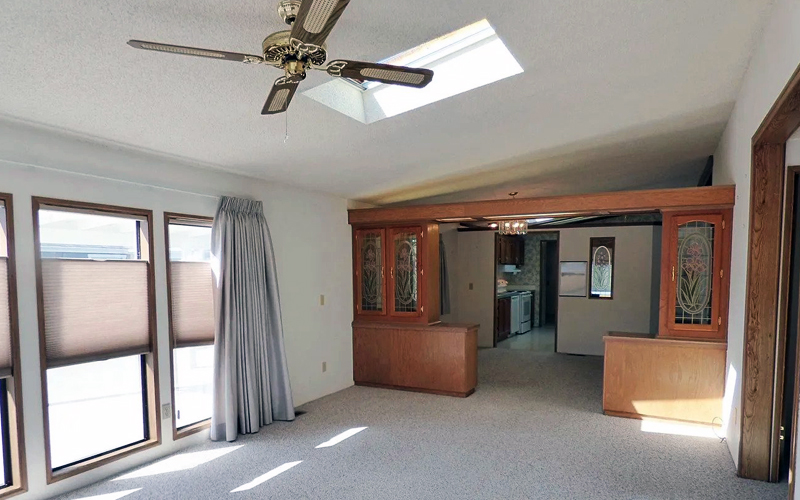
There are several factors to consider when choosing a skylight for your mobile home, including size, energy efficiency, material, and style.
Size
Size is an important consideration when choosing a skylight for your mobile home. You’ll want to choose a skylight that fits the size and shape of your roof. While also providing adequate natural light for the room. A skylight that is too small may not provide enough light, while a skylight that is too large can create too much glare and heat.
The shape of the skylight will also affect the amount of natural light that enters the room. Circular or oval-shaped skylights provide a softer light. While rectangular or square-shaped skylights offer more direct and intense sunlight. The skylight’s shape should complement your mobile home’s architecture and design.
Energy Efficiency
Energy efficiency is another crucial factor to consider. Look for skylights with a low U-factor and Solar Heat Gain Coefficient (SHGC) to maximize energy efficiency. A low U-factor means that the skylight will provide better insulation. While a low SHGC means that it will reduce the heat entering your home.
Material
Material is another important consideration. Common materials include plastic, tempered glass, and polycarbonate. Plastic skylights are lightweight, affordable, and easy to install. They are also more durable than glass and less likely to break or crack. However, plastic skylights can turn yellow over time and may not be as clear as glass.
Another popular material for skylights is tempered glass. Tempered glass is strong, durable, and provides a clear sky view. It’s also scratch-resistant and less likely to yellow over time. However, tempered glass skylights can be more expensive than plastic and heavier, making installation more difficult.
Polycarbonate is another material used for skylights. It is lightweight, durable, and provides excellent insulation. It’s also resistant to impact, making it a good choice for areas with harsh weather conditions. However, polycarbonate skylights can scratch easily and may not be as clear as glass.
Style
Finally, style is an important consideration when choosing a skylight. Several styles include fixed, ventilated, dome, flat glass, and tubular. The style will depend on the specific needs of each room in your home and your personal preferences.
For example, if you’re looking for a skylight for your kitchen or bathroom. You may choose a ventilated skylight to help reduce moisture and odors. Ventilated skylights can help to improve air quality by providing fresh air and ventilation. Which is especially important in rooms with high humidity levels.
If you’re looking for a skylight for your bedroom or living room. You may choose a fixed skylight that provides natural light without ventilation. Fixed skylights are a great option for rooms where privacy is a concern, as they do not open and can help to maintain a sense of privacy.
Mobile Home Skylight Replacements
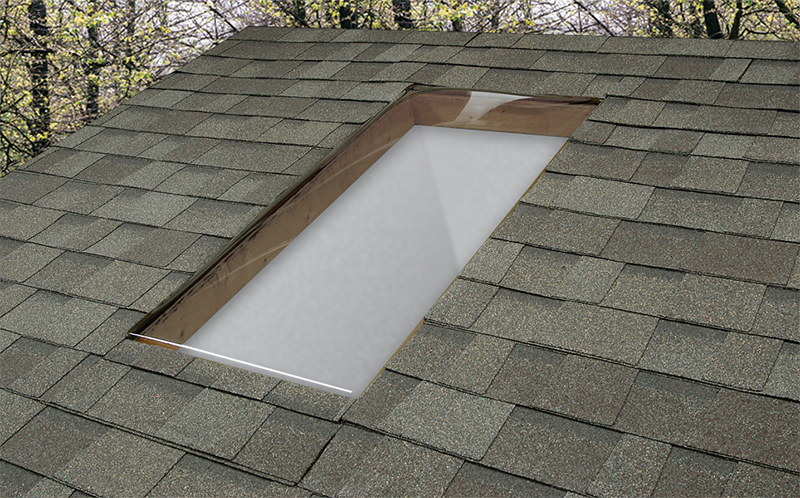
Regarding choosing a skylight replacement for your mobile home, many different brands and models exist. Two popular brands of mobile home skylight replacements are Sun-Tek and Fox Lite.
- Sun-Tek
Sun-Tek is a leading manufacturer of skylights for mobile homes and other applications. They offer a wide range of skylight products, including dome, flat glass, and tube skylights. Sun-Tek skylights are known for their high-quality construction, energy efficiency, and easy installation.
One of the unique features of Sun-Tek skylights is their ability to reduce heat gain and loss. They use a double dome design with a layer of argon gas between the domes to provide insulation and prevent heat transfer. This can help lower energy bills and make your home more comfortable year-round.
Another benefit of Sun-Tek skylights is their easy installation. They come with pre-drilled holes and mounting flanges, making installation quick and hassle-free. Also, they are compatible with many roof types and can be installed on flat and pitched roofs.
- Fox Lite
Fox Lite is another famous brand of skylights for mobile homes. They offer a variety of skylight products, including dome, flat glass, and tube skylights. Fox Lite skylights are known for their durability, energy efficiency, and ease of installation.
One of the unique features of Fox Lite skylights is their use of impact-resistant polycarbonate materials. This makes them more resistant to damage from hail, falling debris, and other hazards, making them an excellent choice for areas with severe weather conditions.
The Fox Lite skylights also feature a low-profile design, making them a great choice for mobile homes with limited roof space. They are also easy to install, with pre-drilled holes and mounting flanges that make installation quick and hassle-free.
Installing Mobile Home Skylights
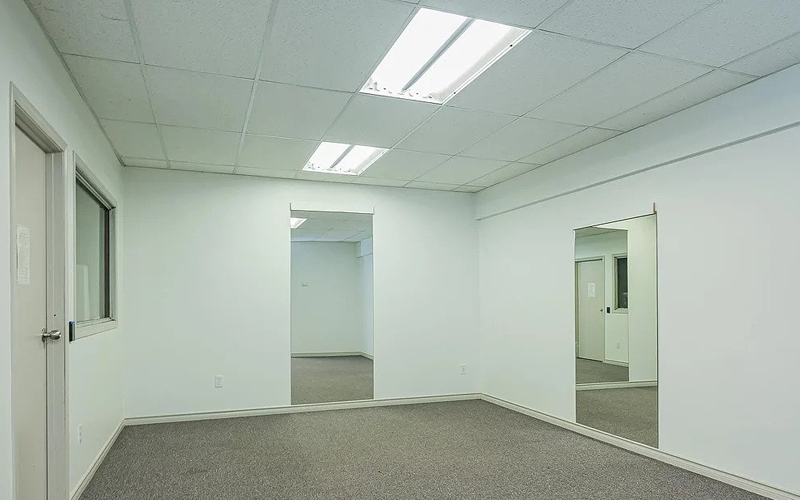
Before installing a skylight, it’s essential to check your local building codes and regulations to ensure that you are in compliance. You’ll also want to choose a skylight designed explicitly for mobile homes, as they are built to withstand the unique challenges of mobile home roofs.
Tools
Here is a list of tools and materials that you’ll need for installing a skylight in your mobile home:
- Saw or rotary tool with a cutting blade
- Tape measure
- Drill
- Screws or adhesive for attaching the skylight to the flashing
- Sealant or roofing cement for sealing around the skylight
- Flashing
- Safety goggles
- Hard hat
- Sturdy ladder
- Tarp or drop cloth for protecting the interior of your home
- Caulk gun for applying sealant or roofing cement
Measurement
First, you’ll need to measure the size of the skylight to determine the hole you need to cut in your mobile home roof. The hole size will depend on the size and shape of the skylight you choose.
To measure the size of the skylight, begin by measuring the width and length of the opening where you want to install the skylight. This will give you the overall size of the skylight, which will include any framing or trim that surrounds the skylight.
Next, you’ll need to account for any additional space for flashing and sealant. This will depend on the type of flashing and sealant you choose, so consult the manufacturer’s instructions for specific requirements.
Once you have determined the overall size of the skylight and the additional space needed for flashing and sealant. You can use these measurements to select the hole size you need to cut in your roof. It’s essential to cut the hole to the exact size of the skylight to ensure a proper fit and prevent leaks.
Step-by-step Installation
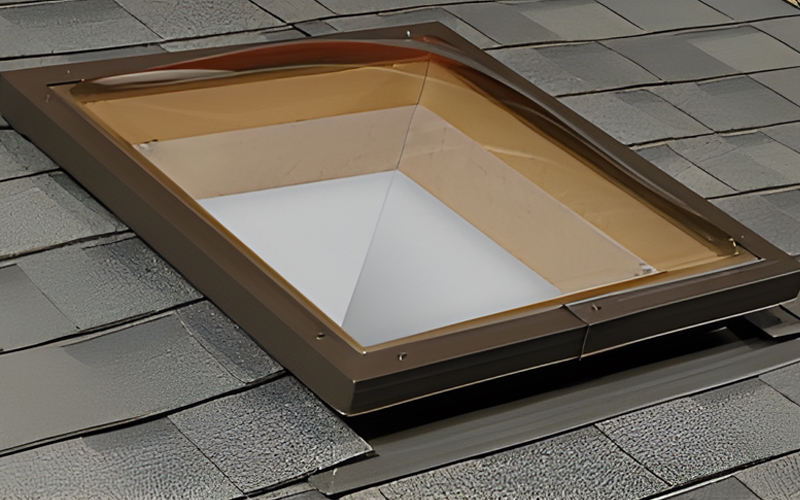
Here are the step-by-step installation instructions for installing a skylight in your mobile home:
- Use a saw or rotary tool with a cutting blade to cut a hole in the roof that is the same size and shape as the skylight. Follow the manufacturer’s instructions for cutting the hole and use proper safety equipment, such as safety goggles and a hard hat.
- Install the flashing around the perimeter of the hole. Flashing helps to prevent water from leaking into your home and ensures that the skylight is securely attached to the roof. Follow the manufacturer’s instructions for installing the flashing and use the proper tools and materials.
- Attach the skylight to the flashing using screws or adhesive. Be sure to follow the manufacturer’s instructions for installation and use the proper tools to ensure the skylight is installed correctly.
- Seal around the skylight to prevent air and water leaks. This can be done using a sealant or roofing cement, which should be applied around the perimeter of the skylight and the flashing. Follow the manufacturer’s instructions for applying the sealant or roofing cement and use the proper tools and materials.
- Test the skylight to ensure that it is installed correctly and functioning properly. Open and close the skylight to ensure it moves smoothly and that there are no air or water leaks.
Mobile Home Skylight Common Issues
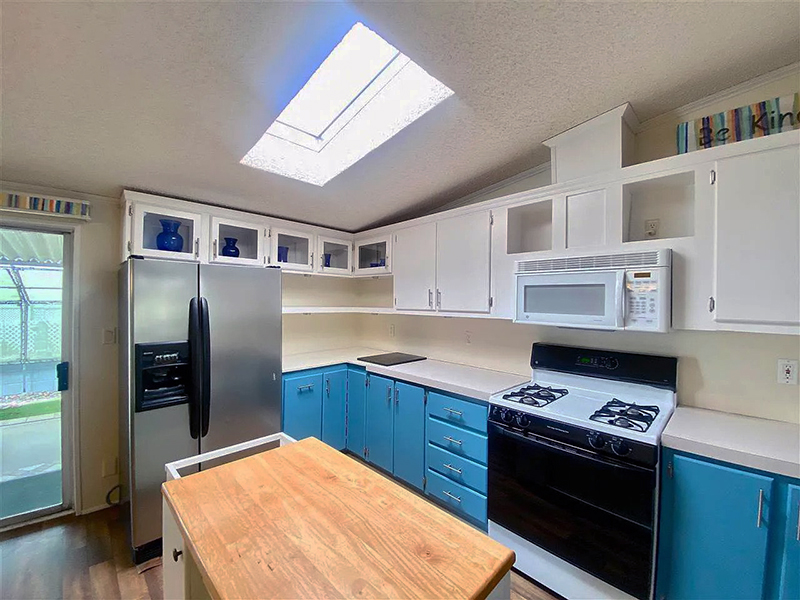
While skylights can be a great addition to your mobile home, they can sometimes come with common issues that must be addressed. By being aware of these issues and knowing how to handle these issues, you can ensure that your skylight continues to function correctly for years to come.
- Leaks
One common issue with skylights is leaking. Leaks can occur if the skylight is not installed correctly or if the sealant around the skylight has deteriorated over time. To address leaks, you must inspect the skylight and the surrounding flashing and sealant for any signs of damage or deterioration. If you notice any issues, you must reseal the skylight using a sealant or roofing cement. Follow the manufacturer’s instructions for applying the sealant or roofing cement and use the proper tools and materials.
- Condensation
Another common issue with skylights is condensation. Condensation can occur when warm, moist air from inside your home comes into contact with the cold surface of the skylight. To address condensation, ensure your home is adequately ventilated to reduce humidity levels. You can also consider installing a ventilated skylight or a skylight with insulated glass to reduce the amount of condensation that forms.
- Cracking
Finally, another common issue with skylights is cracking or breakage. This can occur if the skylight is hit by debris or installed incorrectly. You’ll need to replace the skylight with a new one to address cracking or breakage. Be sure to choose a skylight designed explicitly for mobile homes and follow the manufacturer’s instructions for installation.
FAQ
If you’re considering adding a skylight to your mobile home, you likely have many questions about the process. Here are some of the most frequently asked questions about mobile home skylights.
How do I determine the size of the skylight I need?
To determine the size of the skylight you need, you’ll need to measure the dimensions of the roof opening where the skylight will be installed. Be sure to measure both the length and width of the opening and choose a skylight that fits appropriately.
Can I install a skylight on a flat roof?
Yes, you can install a skylight on a flat roof. However, it’s crucial to choose a skylight specifically designed for flat roofs and follow the manufacturer’s instructions for installation.
Do skylights require a lot of maintenance?
Skylights do require some maintenance to ensure that they continue to function correctly. This can include cleaning the surface of the skylight, inspecting it periodically for damage or wear, and resealing it as needed. However, with proper maintenance, skylights can provide your mobile home many years of natural light and ventilation.
Can a mobile home skylight be replaced with a larger one?
Yes, replacing a mobile home skylight with a larger one is possible. Still, it’s essential to approach this project with caution. There are a few factors to consider when deciding whether to replace your skylight with a larger one.
First, you’ll need to ensure the roof opening can accommodate the large skylight. If the roof opening is too small, you must modify the roof to create a larger one. This can be a complex and expensive process. To prevent leaks, you must ensure the new opening is appropriately sealed and waterproofed.
Another consideration is the structural integrity of your roof. A large skylight will place more weight on the top, and you’ll need to ensure the roof can support the additional weight. If your roof is compromised or needs repair, installing a large skylight may not be a good idea.
Do skylights require special care in areas with harsh weather conditions?
Skylights can be vulnerable to damage in areas with harsh weather conditions such as heavy rain, hail, snow, or high winds. Therefore, it’s essential to take extra care to protect your skylight if you live in an area with severe weather.
One of the most important things you can do to protect your skylight is to choose one specifically designed for harsh weather conditions. Look for skylights made with impact-resistant materials, such as polycarbonate, which can withstand hail, falling debris, and other hazards.
How much does a mobile home skylight cost?
The cost of a mobile home skylight can vary widely depending on the type, size, and brand you choose. Dome skylights are typically the most affordable option, with prices ranging from $50 to $200. Flat glass skylights are generally more expensive, ranging from $200 to $500 or more. Tube skylights can also vary widely in price, ranging from $100 to $1,000 depending on the size and features.
The installation cost can vary widely depending on the complexity of the installation and the location of your mobile home. Still, you can expect to pay anywhere from $200 to $1,000 or more.
Conclusion
In conclusion, a skylight can be a great addition to your mobile home. Providing natural light and ventilation while enhancing your home’s overall look and feel. Whether you want to add a skylight to your living room, bedroom, kitchen, or bathroom. There are many options available to suit your specific needs and style preferences. From dome skylights to tube skylights, there are many different types, each with unique benefits and features.

